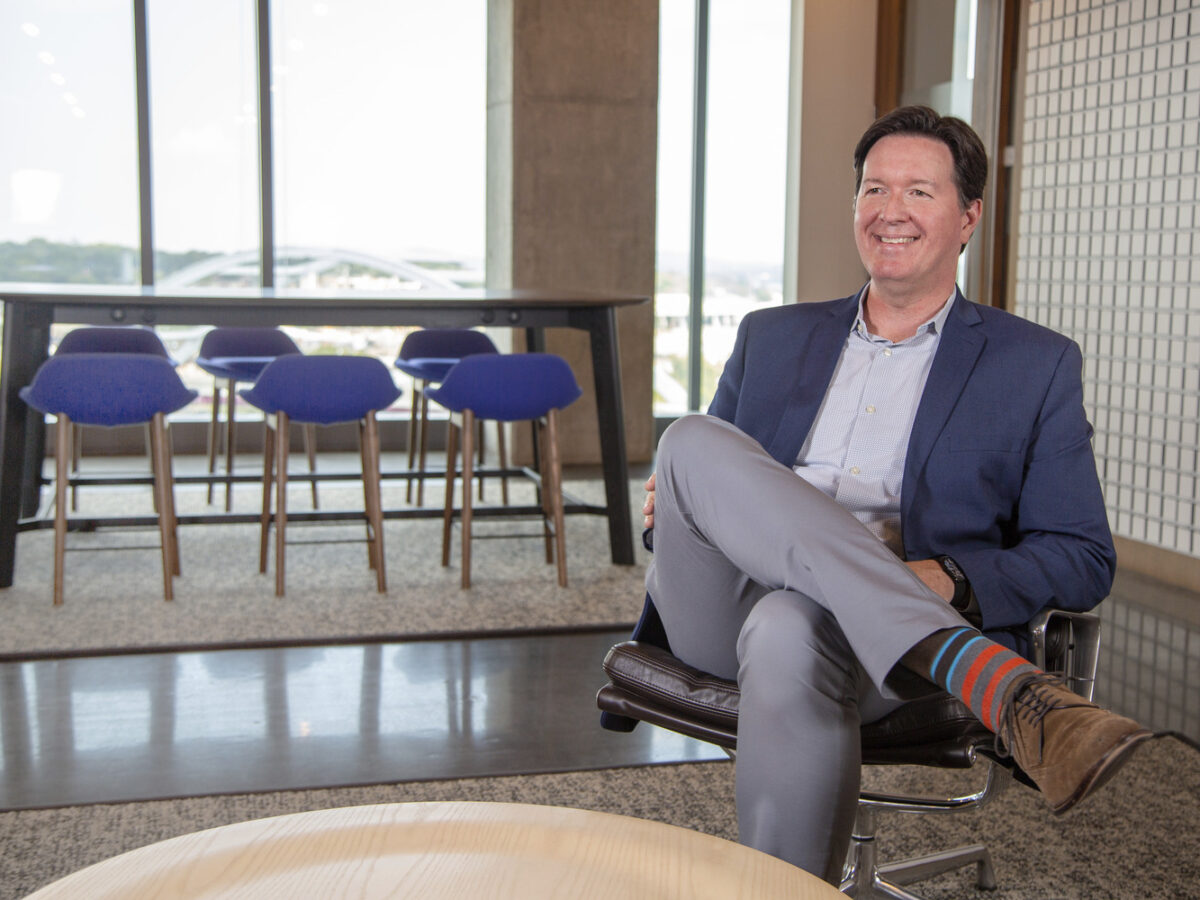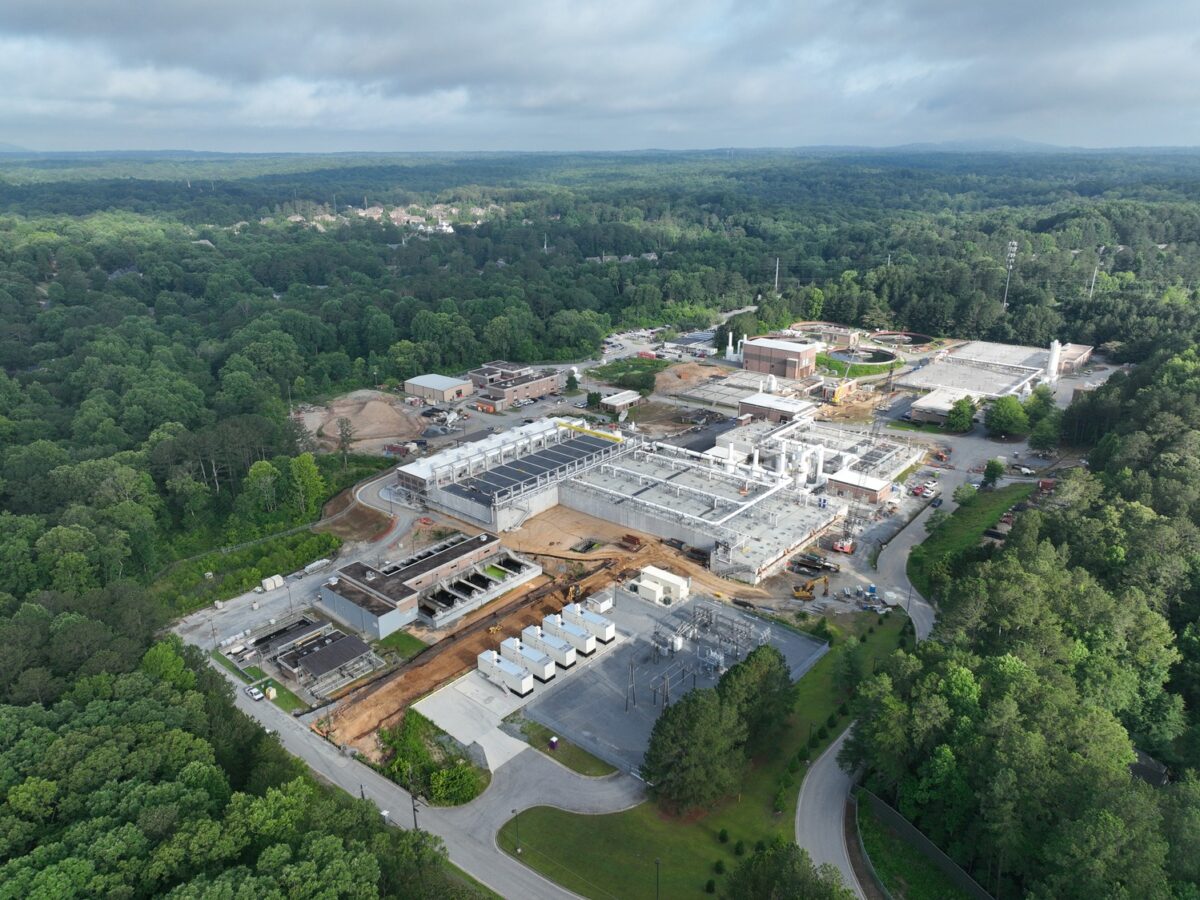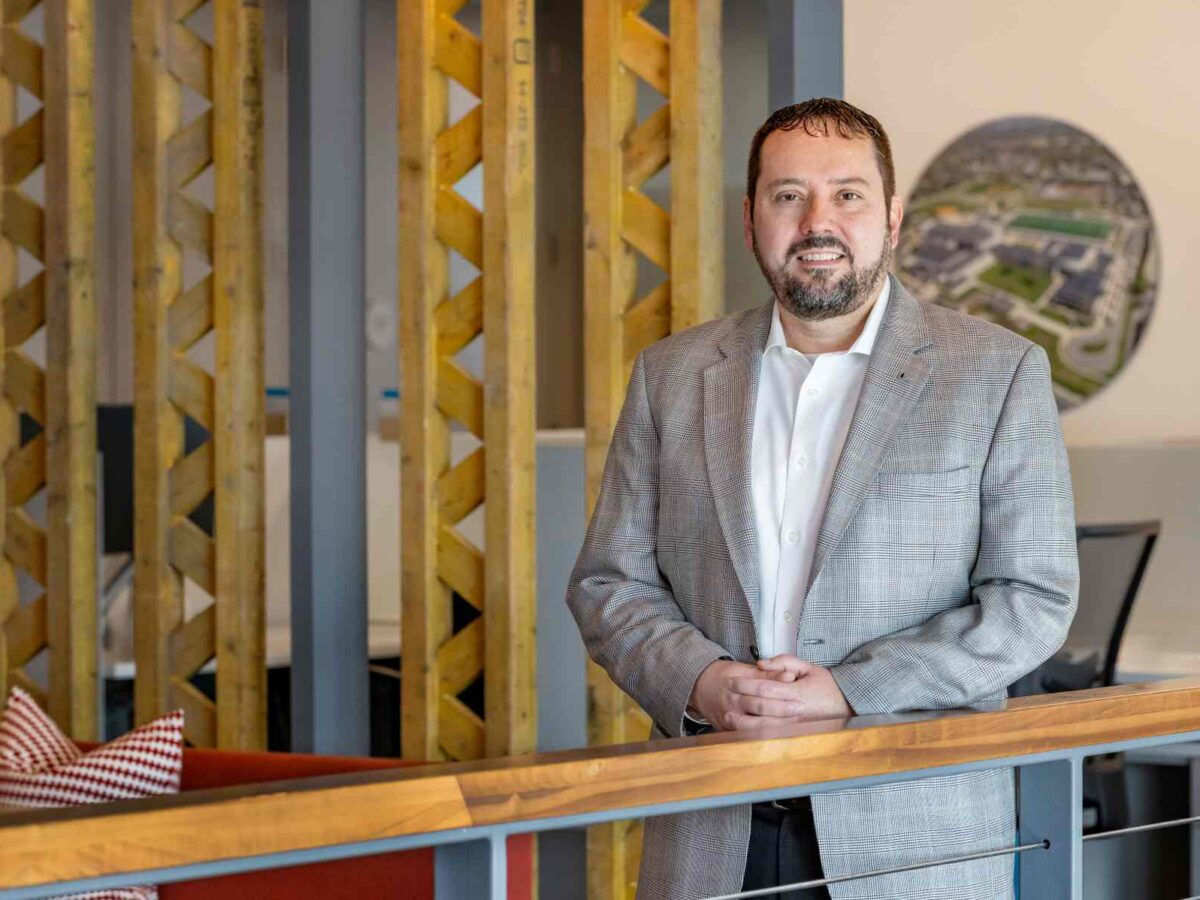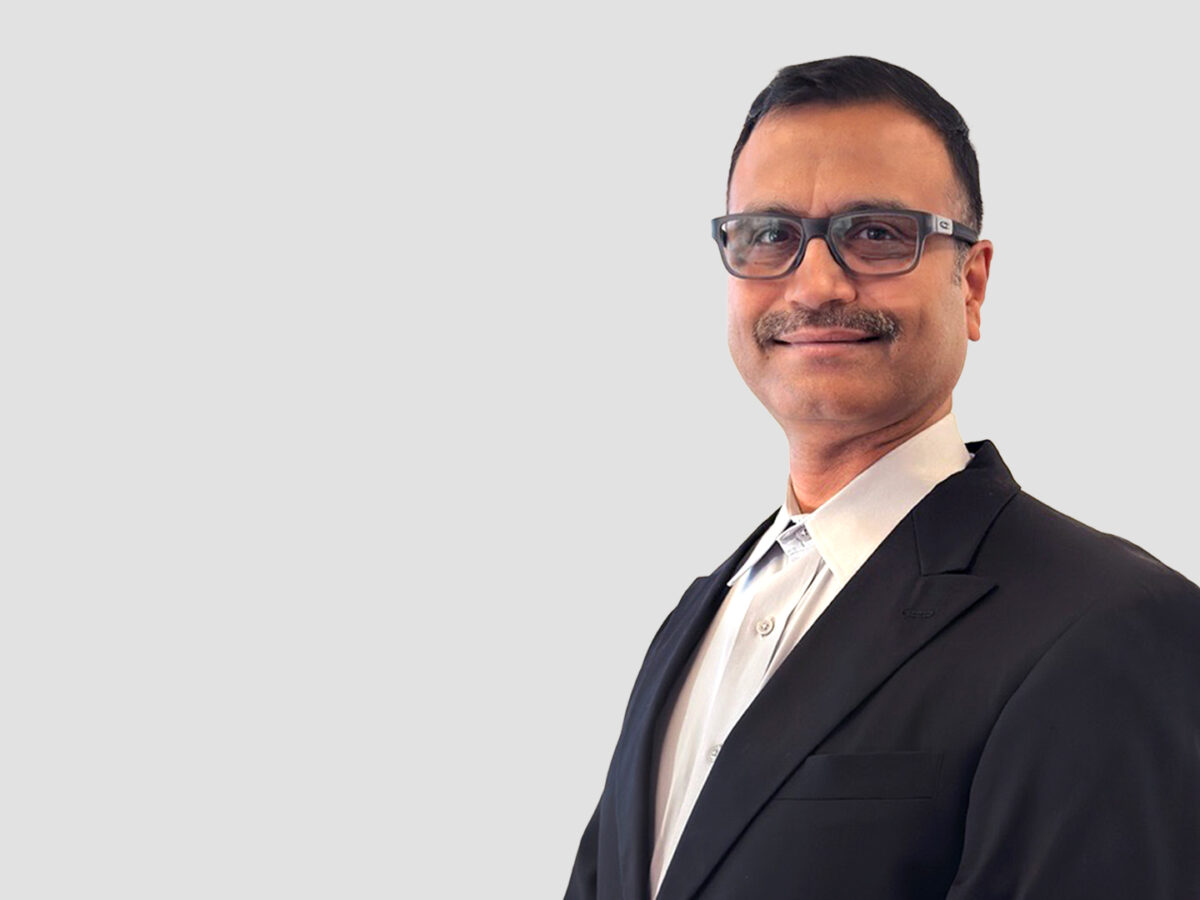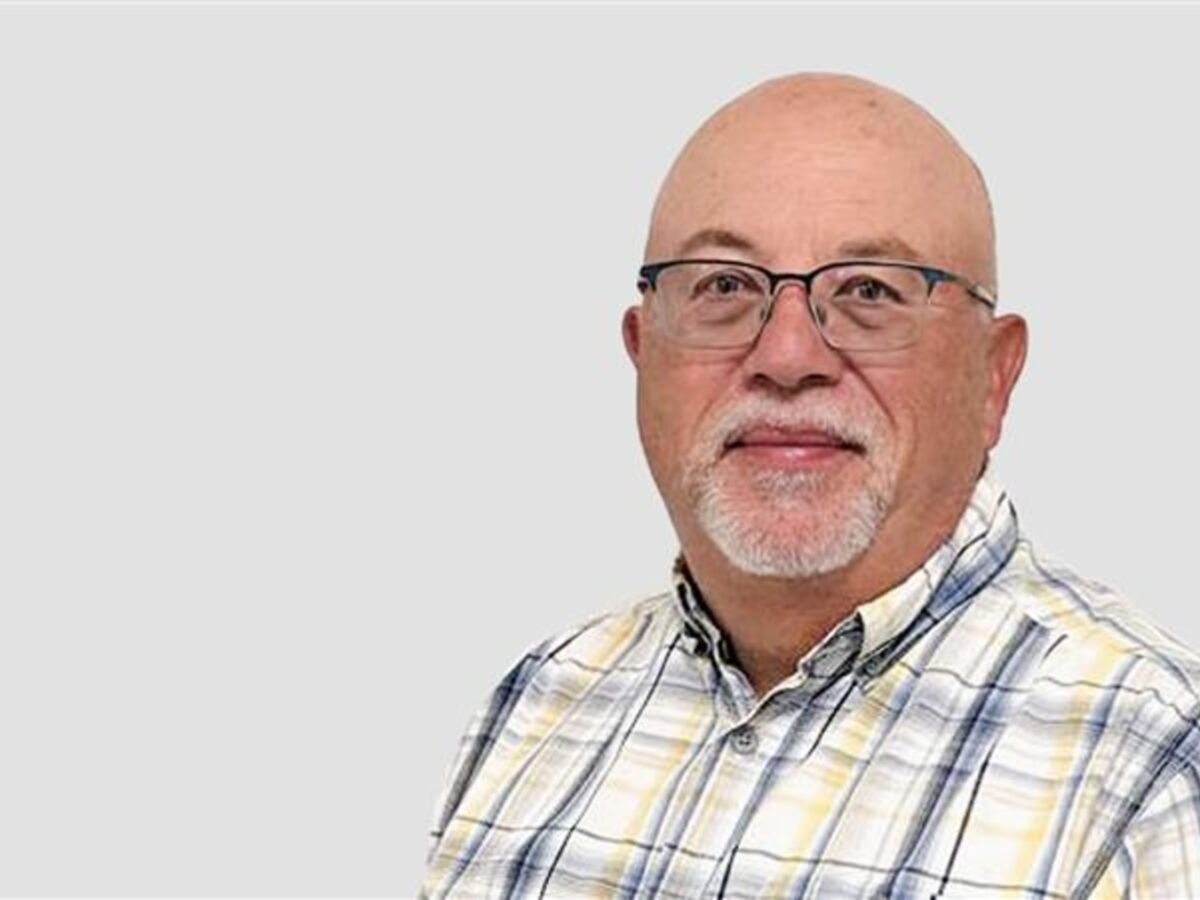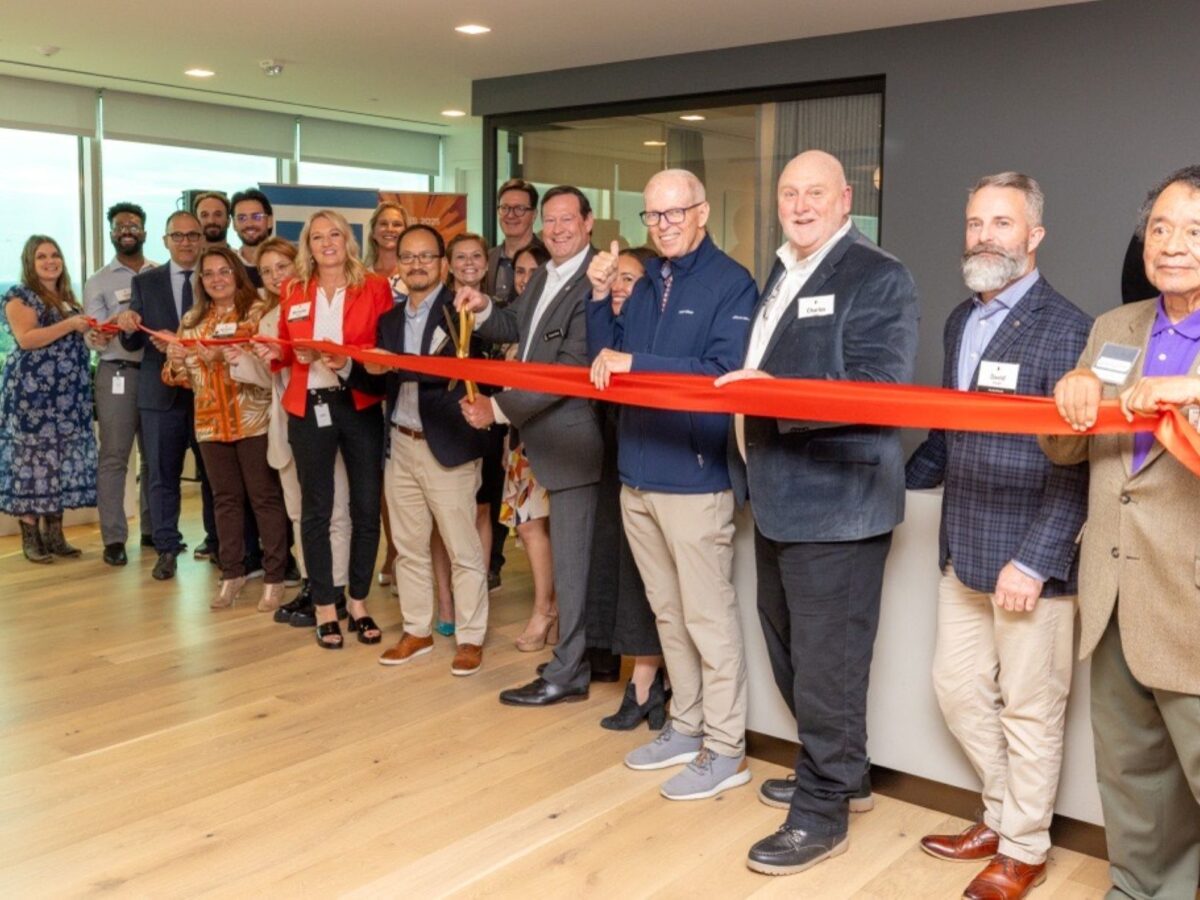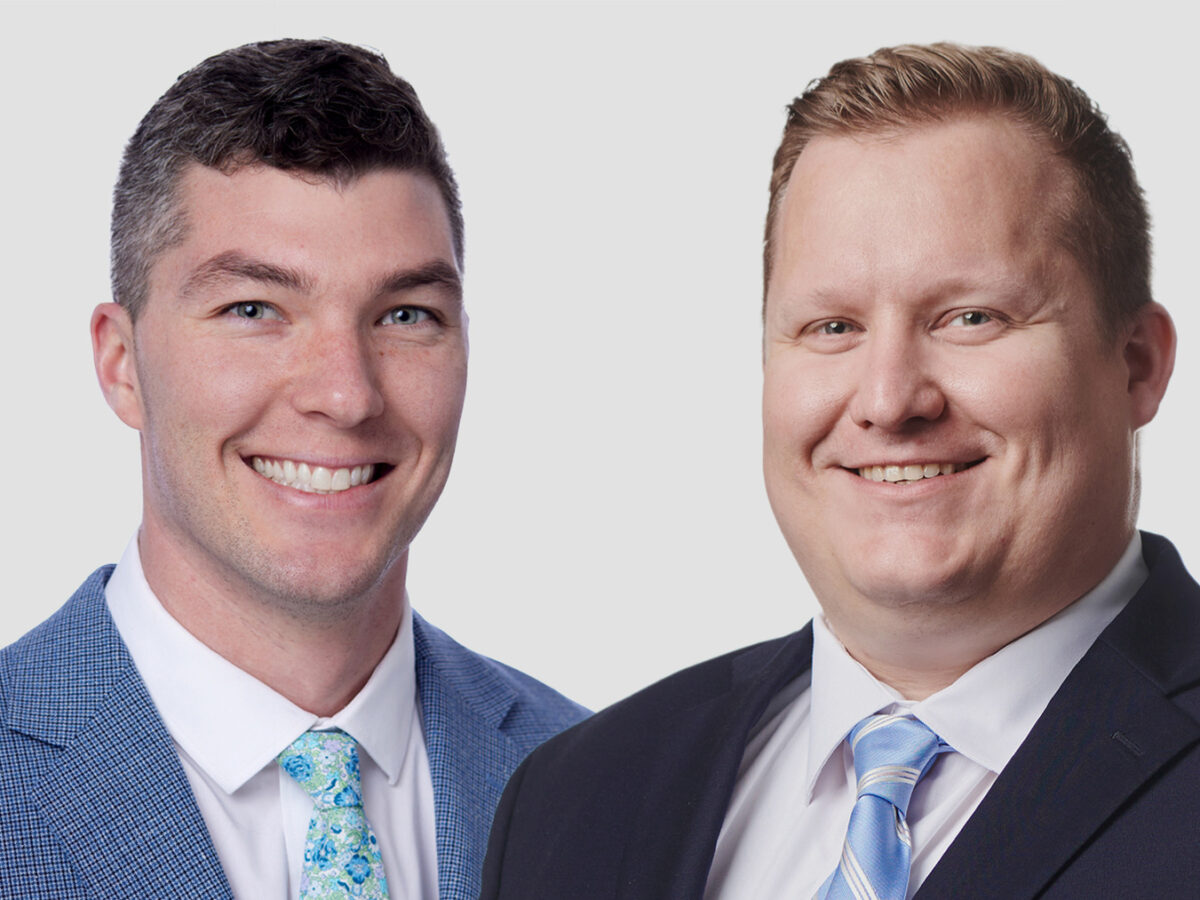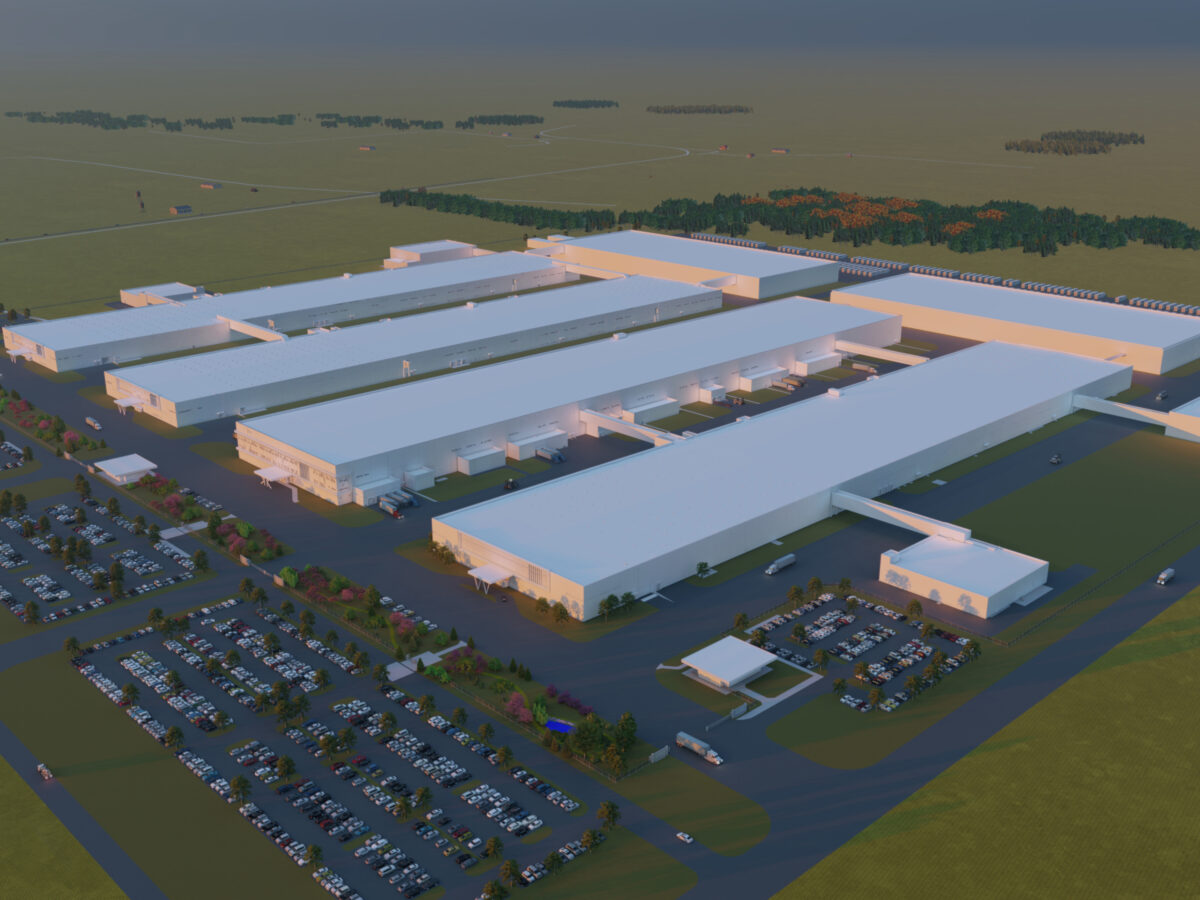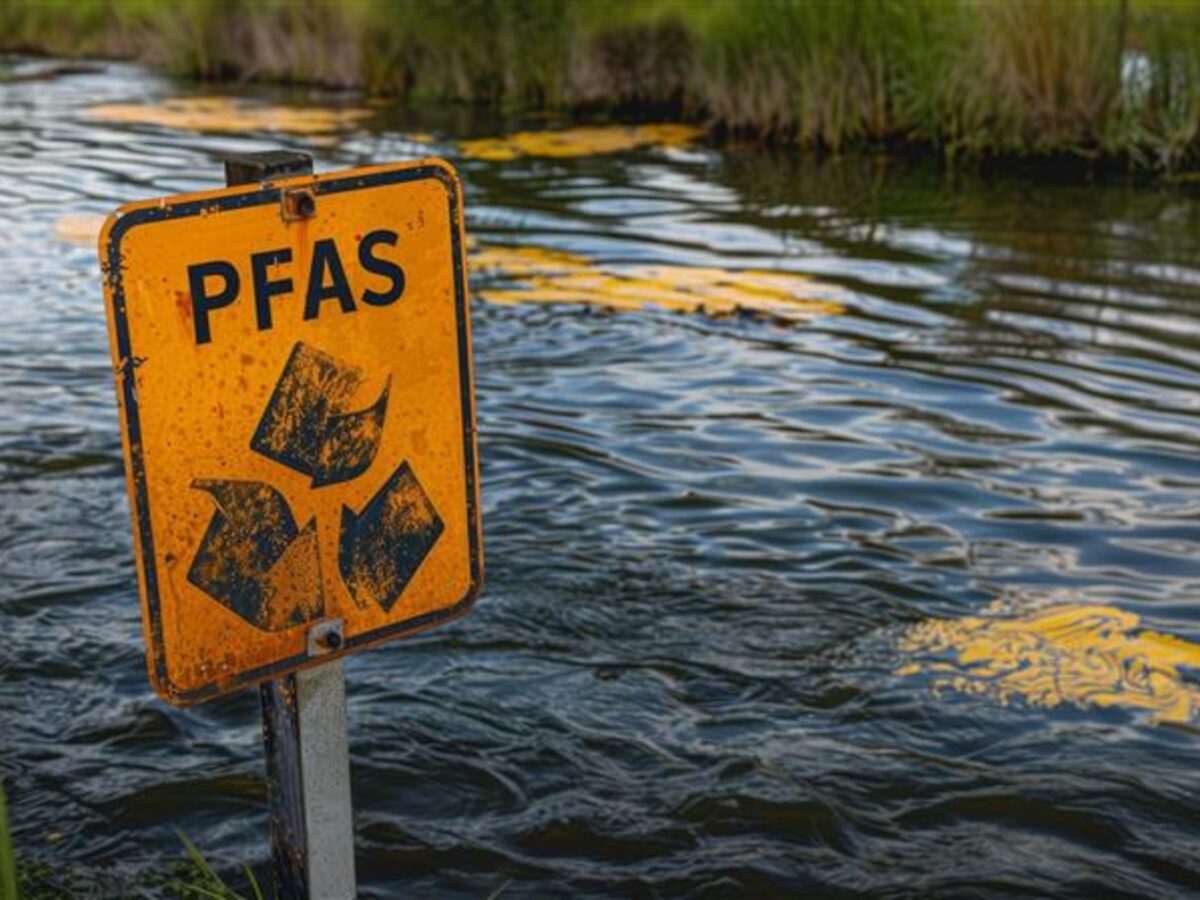The word bypass means different things to different people. For some, it brings to mind a cardiac procedure that uses blood vessels from another part of the body to bypass a blocked coronary artery. For others, it might evoke an image of a bypass roadway that passes around a built-up town or city.
For this self-professed engineer geek, when somebody says bypass, I immediately think of bypass pumping—a subject that bears some similarities in function to the aforementioned, and a topic that I’m incredibly passionate about!
To be more specific, my passion lies in helping our clients reduce bypass costs, as bypass pumping is a “sunk” cost—not typically considered in design plans—that accounts for up to 50% of the overall pipeline cost in many sanitary sewer rehabilitation projects, especially those that involve large-diameter, high-flow pipe.
Bypass Pumping 101
Before we march on, some of you may be asking what exactly is bypass pumping? In short, bypass pumping diverts flows around existing infrastructure such as gravity sewers, sewer force mains and pump stations. The bypass allows the infrastructure to be taken offline so it can be repaired or replaced without affecting everyday operations in immediate or surrounding areas.
Let’s take a gravity sanitary sewer, for example. A bypass pump is situated in an upstream area of the faulty pipe, typically near manholes. A suction pipe is placed in what is often referred to as an intake manhole. The pump then draws the water out of the manhole and forces it through a secondary bypass pipe, which lays on the ground surface, then redirects the flow to a manhole downstream of the proposed construction.
Simply put, the bypass circumvents the existing underground pipe, keeping the area under repair dry since there’s no flow passing through it.
As an ancillary part of a project, bypass pumping doesn’t leave an owner with an asset or something more tangible at the end of a project.
In this post, I highlight some solutions we’ve engineered that have lessened the sunk cost of bypass pumping for our clients, saving them money and adding value to their projects.
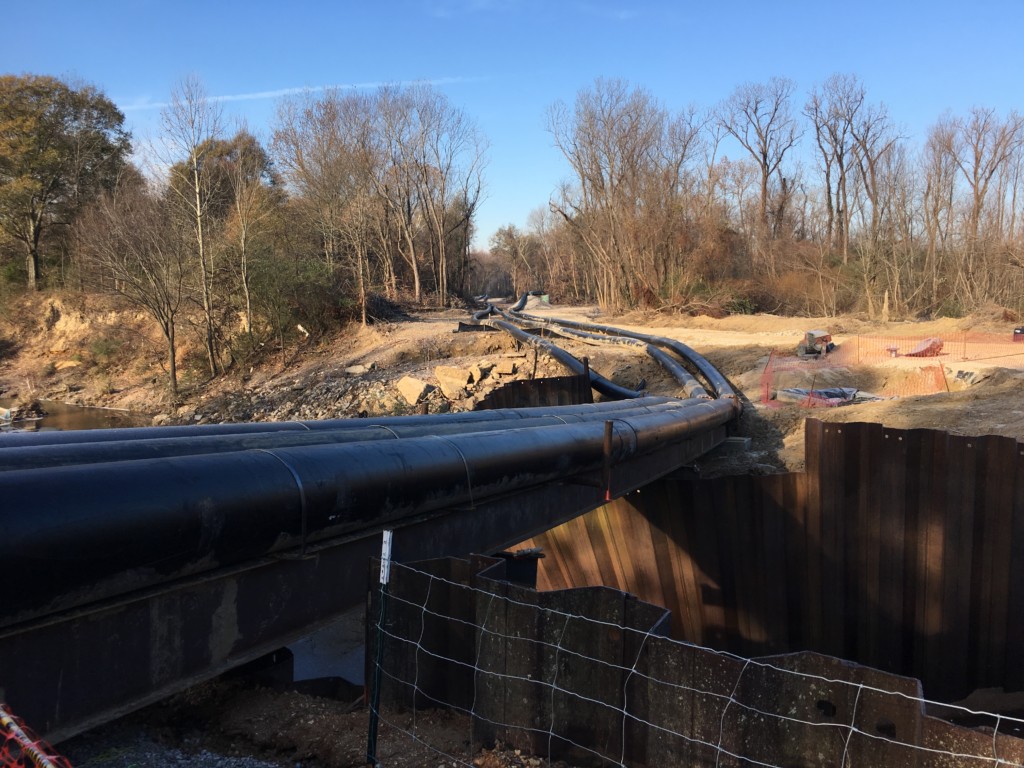
Minimize Downtime
Once a bypass is up and running, the clock is ticking. That, of course, means that someone is paying for it and it’s time to start work!
If it’s a big bypass setup, such as a 96-inch interceptor that has enough capacity to fill Nashville’s Nissan Stadium in under a week, it involves multiple pumps potentially pulling out of multiple structures at numerous locations, which can be quite costly. Therefore, it is vital to make sure you’re utilizing your time once the bypass is set up. And that means closely coordinating with the contractor.
It’s important to note that the bypass contractor can sometimes be a sub-consultant to the prime contractor on a project. If that’s the case, the project will involve two different crews and two different setups.
So, the moral of the story is to coordinate, coordinate, coordinate! It’s the key to minimizing downtime.
Alternate Routing & Easement Acquisition
Alternate routing involves the installation of new pipe parallel or in proximity to the existing pipe so the sewer flow remains untouched, eliminating the need for a bypass pump.
Using this approach, the existing pipe remains hot. In other words, the flow is kept on it while the new pipe is being installed in a new trench. The only time a bypass is required is when the new line is tied into the existing line. At that point, the existing line is simply taken out of service.
Leaving the existing pipe in service as long as possible while you’re constructing the new pipe has a significant impact on bypass costs. However, alternate routing is not an option with all projects given space constraints and other limitations on a site.
This option could also require easement acquisition, which can be a time-consuming process and requires good planning. In my experience, it’s often cheaper to buy the right to use land for this purpose rather than incur the cost of bypass pumping.
When you leave the area, you may have two easements and two pipes to maintain, but there is built-in redundancy through the older pipe that can be used if the newer pipe is taken offline or vice versa. Another upshot of this approach is the owner now has a physical asset that they’ve invested in.
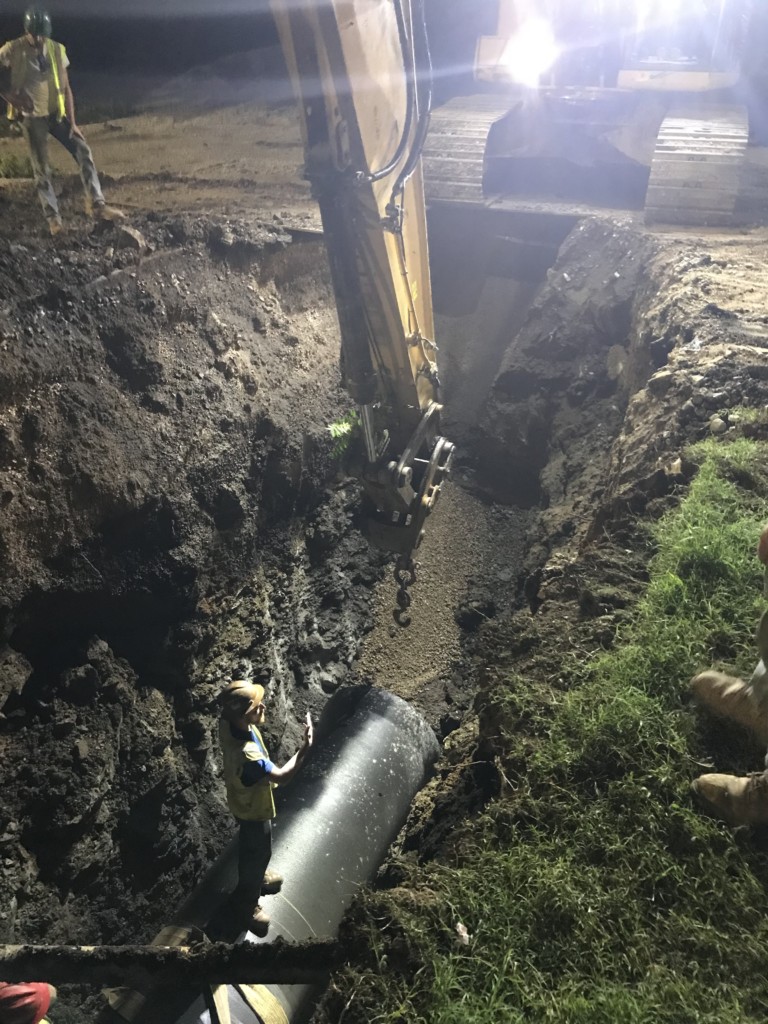
The Story of South Park—No, Not Kenny!
Located in Jefferson County, Alabama, South Park Pump Station was situated along the sensitive Valley Creek in West Birmingham. One of our more challenging yet rewarding projects was the removal of the existing pump station and replacing it with a large-diameter gravity sewer.
To limit downtime, we bypassed the station’s line with their existing pumps that were already up and running, allowing us to install the gravity sewer from the downstream side. Utilizing the pump station’s existing infrastructure resulted in an extremely cost-effective project for the County, saving them over $80,000 in bypass pumping expenses.
The project has ultimately improved water quality for the South Park community while removing the maintenance burden on the Jefferson County Environmental Services Department.
Engaging a Contractor
Way out in front of a job, it’s a good idea to talk to a trusted contractor regarding strategies. For example, if you plan to install pipe in the flood plain of a major river, such as the mighty Mississippi, it’s important to know the optimum time to carry out the work.
Oftentimes, rainwater infiltrates into a sanitary sewer system. Therefore, the dry season is a better time to execute a sanitary sewer rehab project than during the rainy season when the river level is up and you have to bypass extraneous water in the system. A good contractor is “in the know” about these types of details and is a vital resource before a project even starts.
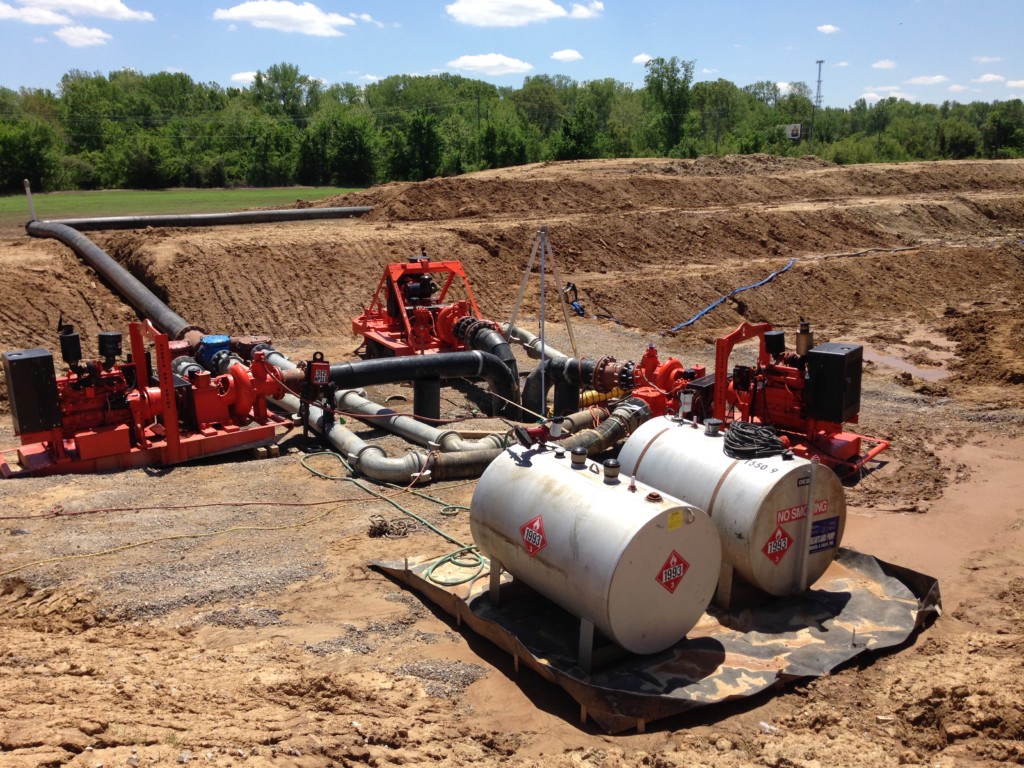
Maximizing Monetary Resources
Ultimately, it pays to think ahead when it comes to planning a bypass around existing wastewater infrastructure. While it’s imperative for an engineer to come up with the best technical solution for a project, it’s also important they consider constructability, which is a major component in these types of endeavors.
At Gresham Smith, our engineers are constantly seeking ways to maximize an owner’s monetary resources for the utilization of their own infrastructure and assets. And, for us, that begins during the design process when we’re considering how things are going to get built in the field, and often requires some out-of-the-box thinking about how to reduce the overall bypass time on a project in order to minimize those sunk costs!



